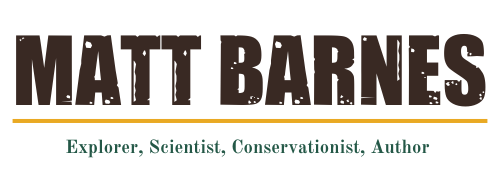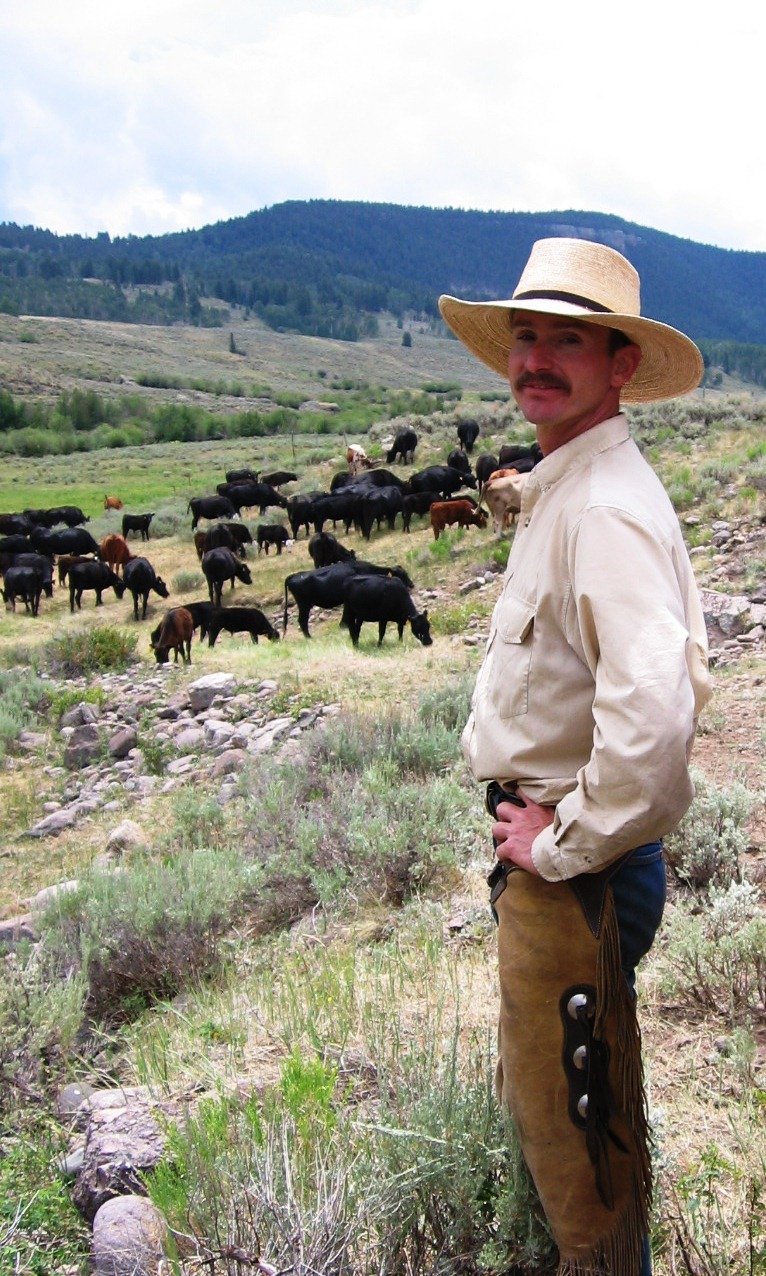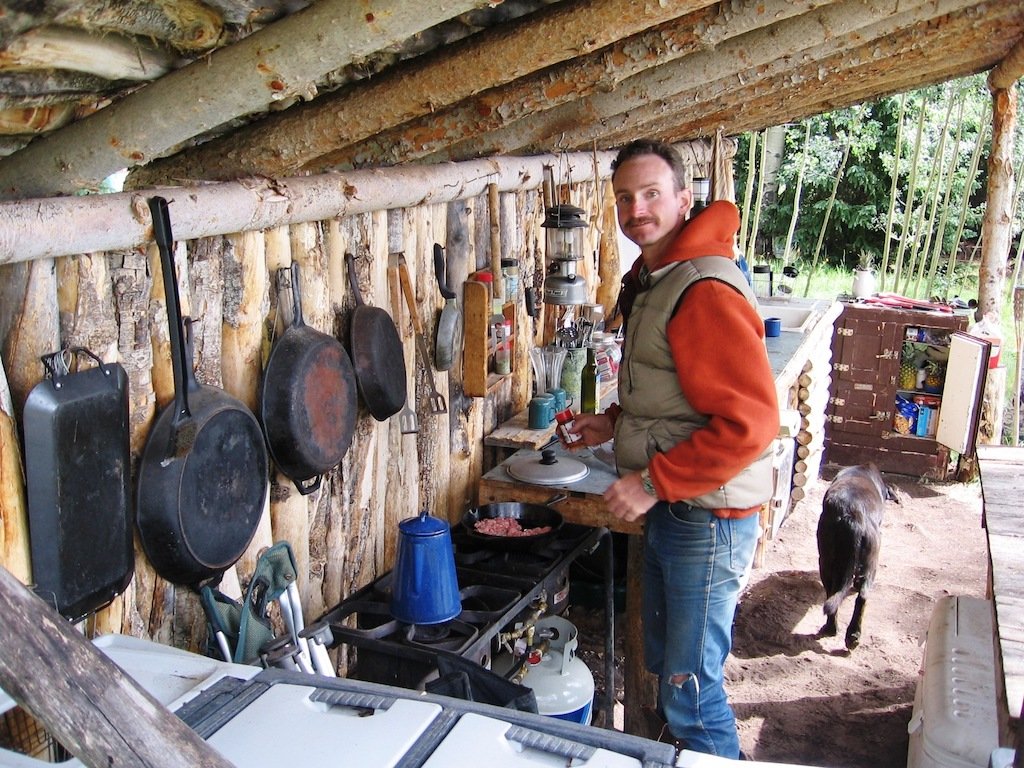Visitors share a few days of ranch life
2012/7/28 | Colorado: Gunnison Co.
Visitors share a few days of ranch life
By Matt Barnes
I’ve been blessed with some fascinating people as visitors to the ranch the last two weekends.
Two weekends ago my girlfriend came to visit, and we spent the weekend irrigating, moving and sorting cattle. At least she didn’t have to do any fencing. She is a biologist, botanist, working as a soil conservationist with the USDA Natural Resources Conservation Service in Colorado, as well as a part-time writer. And she has a way of making this place even more beautiful than it already is, just by gracing it with her presence—especially if she’s helping with the ranch work.
Moving cattle is a normal part of this operation, something I do at least once a week; sorting cattle is not. But when your cattle and the neighbor’s cattle get mixed up, you have to sort them out, even if there isn’t a corral nearby. So my lady got to spend her Saturday doing some relatively difficult cattle work, finishing up in the rain. Of course we had a great time in camp, grilling steaks and corn on the cob, followed the next day by eggs and sausage and writing, before spending Sunday afternoon irrigating.
Flood-irrigating.
This past Saturday my friend John Jackson, an agriculture consultant from Kansas, owner of Agricultural Management Group, Inc., and who manages the Ute Mountain Ute Farm and Ranch Enterprise near Towaoc, Colorado, showed up with a saddle and a cooler full of food.
I showed him how I flood irrigate the four-hundred-acre meadow at the lower end of the ranch. Being a center-pivot guy, I think he may have looked slightly askance at what we like to call “peasant irrigation”—doing it the old way, by hand with a tarp and a shovel. Flood irrigation is notoriously inefficient because a significant quantity of surface water is “lost” to the groundwater. Of course that really means stored in the soil, and held higher in the watershed for a longer time—generally a good thing. And most of it makes it back to the creek eventually, except the little bit that is lost via evapo-transpiration in the process of growing this lush meadow.
In the afternoon we saddled up, gathered the cattle from a rangeland pasture on the brushy slope above the irrigated meadow, and drifted them across that slope and down to my best and smallest irrigated pasture. John and I both try to use low-stress livestock handling, though I’ve found that everyone who professes to use that particular art form does it differently.
Checking on cattle.
We generally graze our irrigated pastures twice in the season, once at the beginning and once at the end, using the dry native range in the higher country in midsummer. It isn’t quite time to start the final cycle through the irrigated pastures yet, but I’m conducting a little experiment with my smallest and wettest pasture to see if I can graze it three times instead of two. So the cattle were back on the meadow for a few days at mid-season. Now they will graze a couple rangeland pastures of oak and sagebrush before beginning their full second cycle through the irrigated meadow. By the time they’ve gone through the other pastures, my little experimental pasture will be ready to be grazed again, at least for a day or two, at the very end of the season in late September.
Cooking cow-camp breakfast.
John and I spent the evening noshing on bread and cheese, beer and Colorado wine, and feasting on pork chops and fried potatoes with onions and green chile. The latter dish also ended up mixed with bacon and eggs for breakfast, the kind of oily treat that I’ve heard some people, generally those who don’t do physical work as a matter of lifestyle, say isn’t good for you. We agreed that our food cooked in an outdoor kitchen in a remote cowboy camp with no electricity was as good as anything either of us has had in a restaurant in recent history, and considering the physical work involved in growing grass and cattle, we gave ourselves permission to eat as much as we want.
Cowboy hats, cabin wall.
When you work outside by yourself all day, there is plenty of time to be inside your own head. That’s one of my favorite things about ranching. But the few folks who manage to find their way out to this outpost tend to be some pretty amazing people and always generate fantastic conversation. Of course some of that is shovel-in-hand, if you get my drift.
Reading and conversation area by the wood stove.





